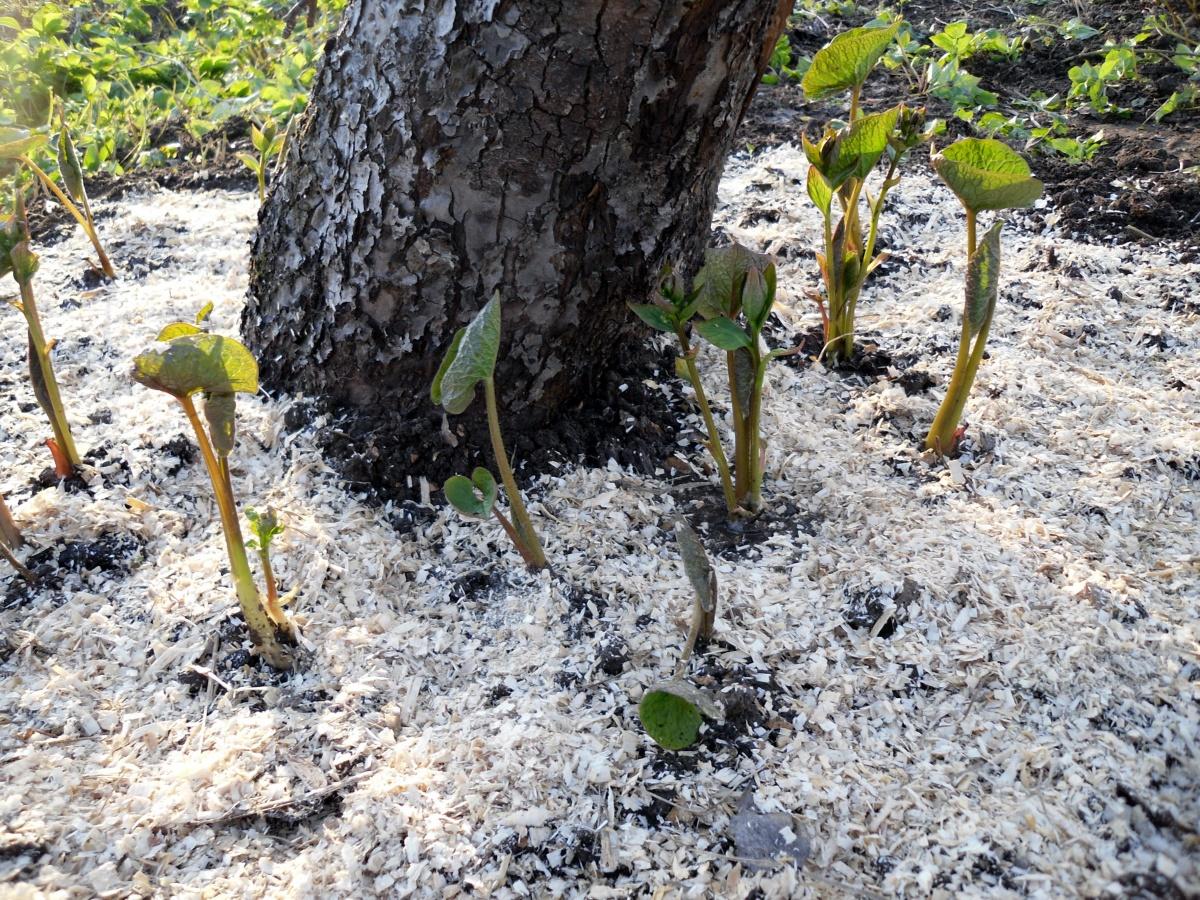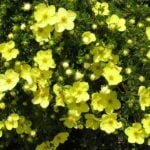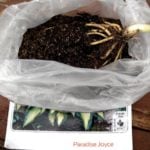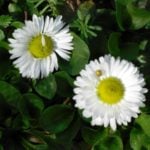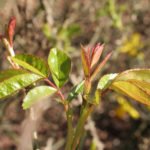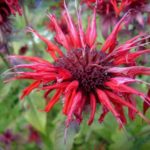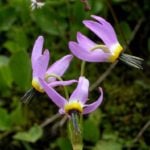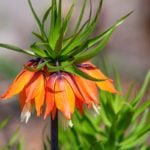Brunner’s macrophylla is a surprisingly undemanding plant that grows easily in shady places under trees and shrubs. Brunner blooms in the spring, when the garden is not too saturated with flowers, and with good care can please and repeat flowering in the fall.
Of course, I was going to move this plant from the old garden to the new one. And imagine my joy when I accidentally discovered such a Brunner fence in the dense thicket!
It should be noted that plants grow well, propagate both by roots and seeds. When the bush is very large, it can stick out around the roots and drop down in the middle, so sometimes the Brunner needs to be thinned out. But in general, in good condition in one place, it can grow for many years.
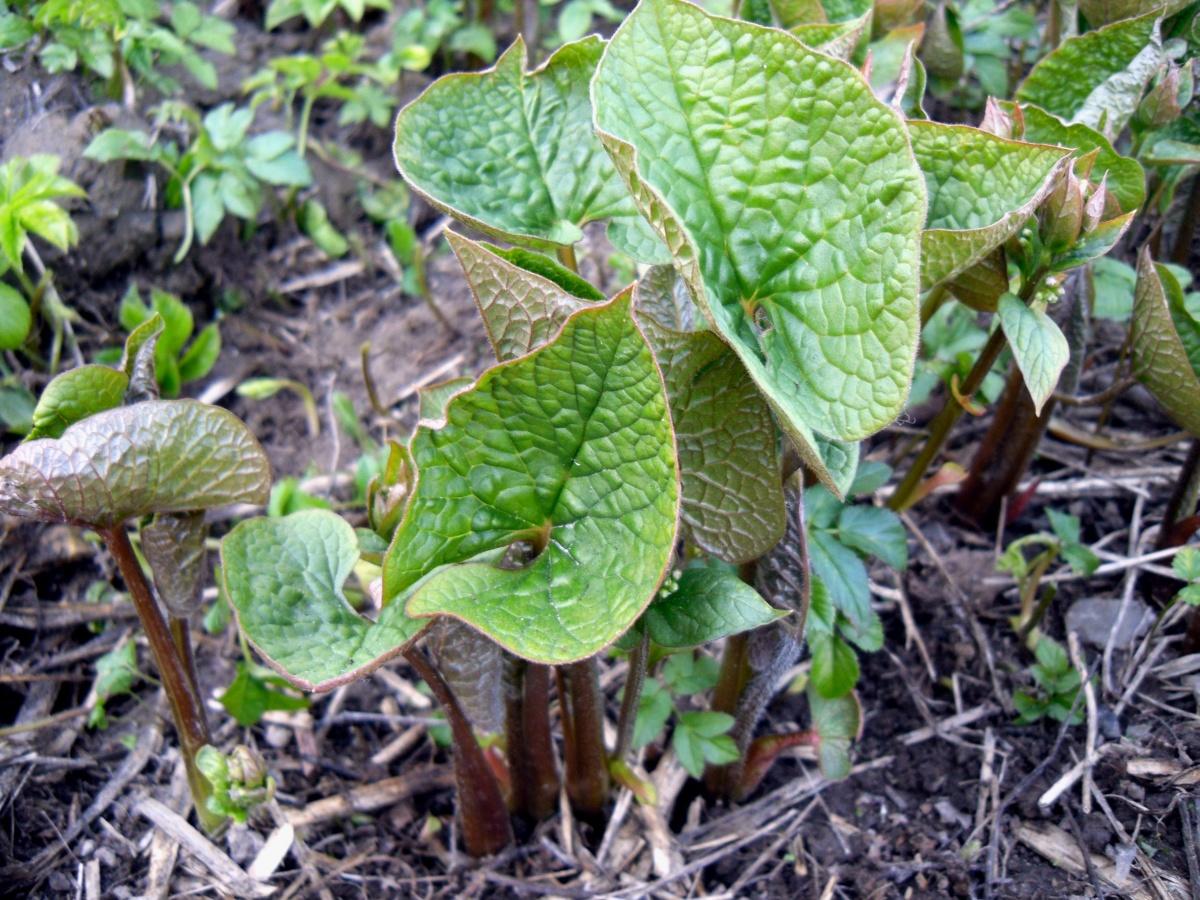
Brunner’s main requirements are partial shade (no direct sunlight) and humidity. It grows well on clay soils that were quite rich in nutrients. This plant does not tolerate heat and drought; the leaves of brunner often dry up in the summer, become disheveled.
When digging up the plant, keep in mind that the thick brunner rhizomes break easily. But strictly speaking, this is not terrible: even small pieces of the rhizome, as a rule, take root well. The ideal division looks like this:
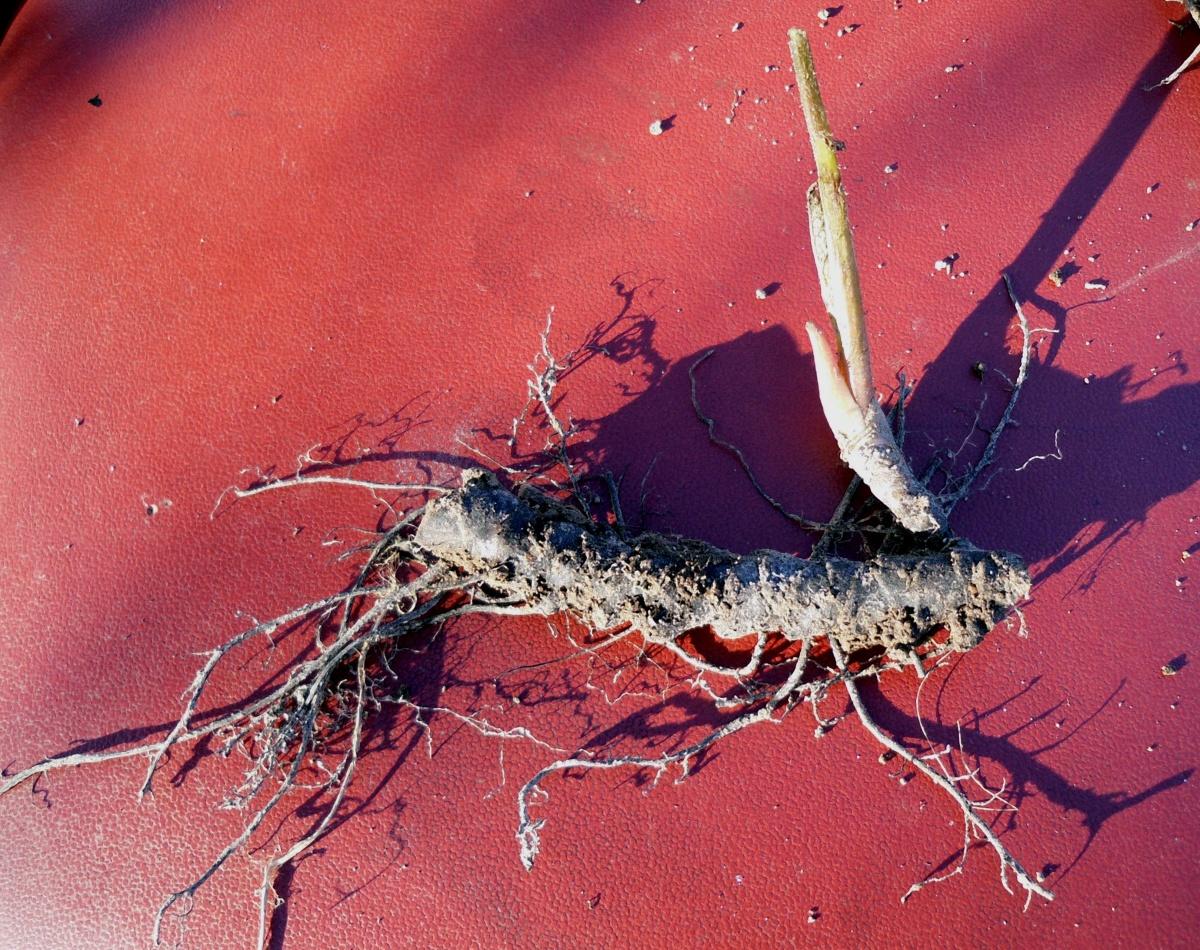
It has a fairly large piece of rhizome, a lot of adventitious roots and a healthy gemma with flowering leaves. In practice, of course, we get them of a very different quality. The worst survivors are those who, with the development of the leaves (and sometimes the stems — if the transplant began later), only a small piece of the rhizome remains. But do not rush to throw them away: yes, they can get sick, in the first year they grow poorly, but over time, as a rule, they catch up.
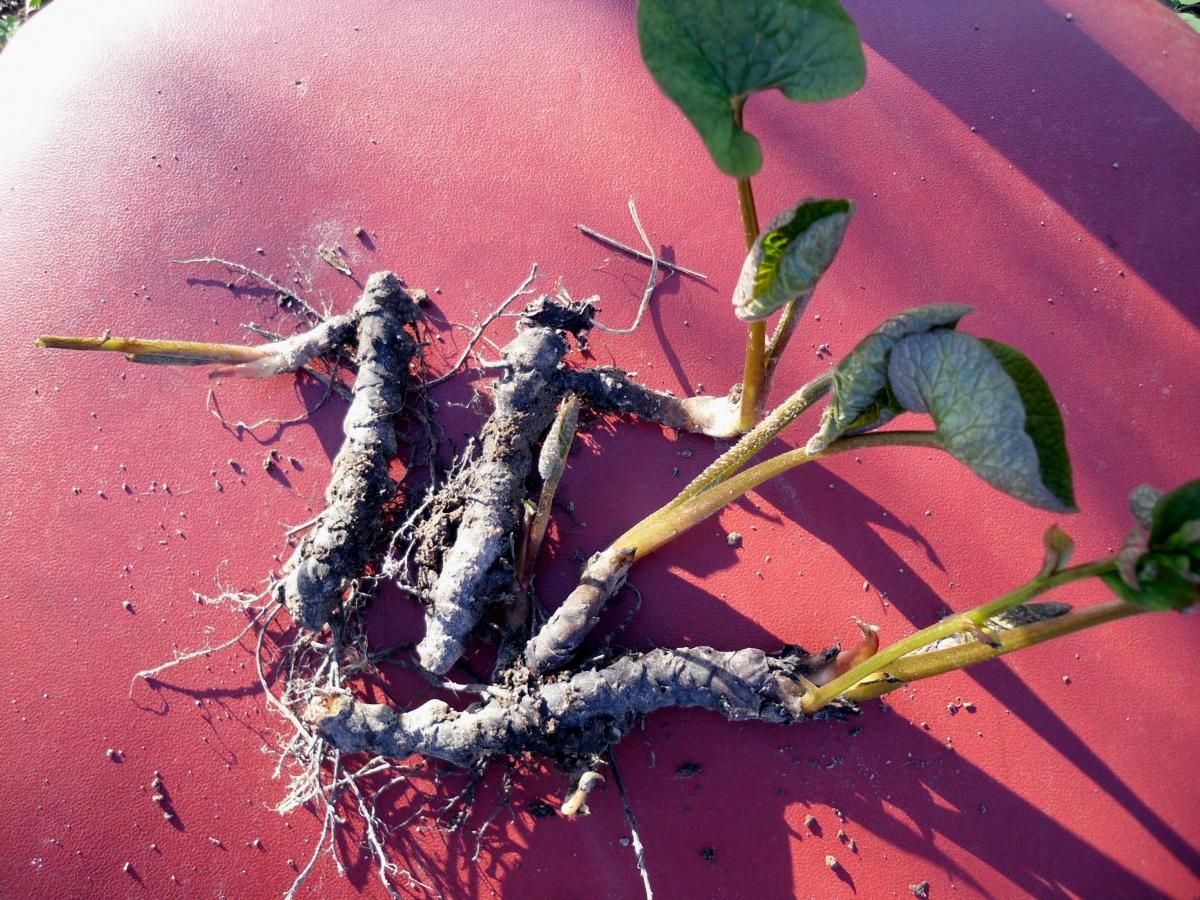
It is necessary to loosen the top layer of soil, remove the roots of perennial weeds. In fact, Brunner is good at silencing many weeds, but with such “monsters” as Sonchus, Elytrigia and Egopodium, she can not cope. True, they are not serious and will not cause any harm, but from an aesthetic point of view, we do not need this competition, so the roots of weeds should be removed. It would also be good to add compost or organic fertilizer.
Part of the bush (with roots) is placed on the prepared surface of the site:
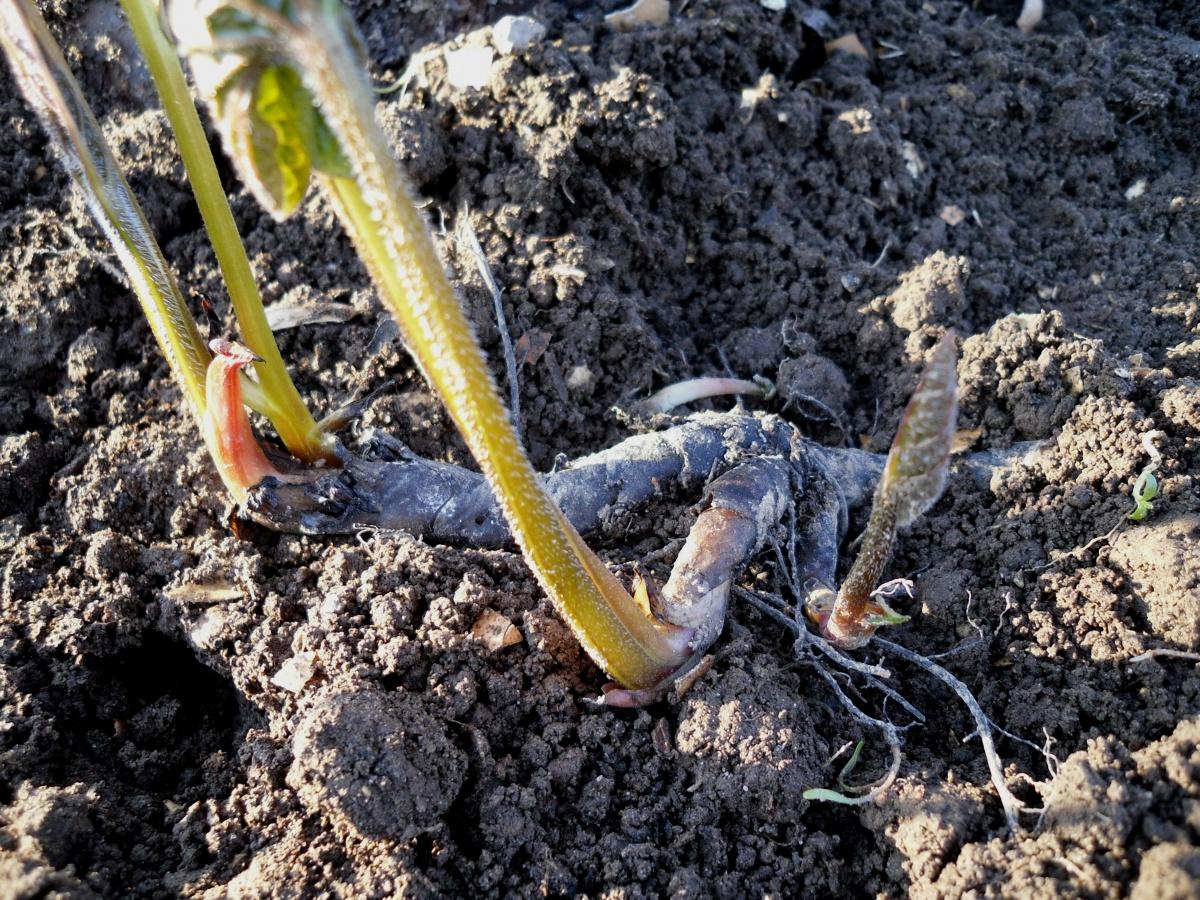
The recommended distance between plants when planting is 30-40 cm (1-1.3 inch), but if you are not sure how they will take root, and you do not have a shortage of planting material, you can plant often-Brunner is not afraid of proximity. In extreme cases, after two or three years, the extra plants “move”.
Planted rhizomes are lightly covered with soil, without sinking. The soil is slightly compacted so that the contact of the planted plants with the roots is better.
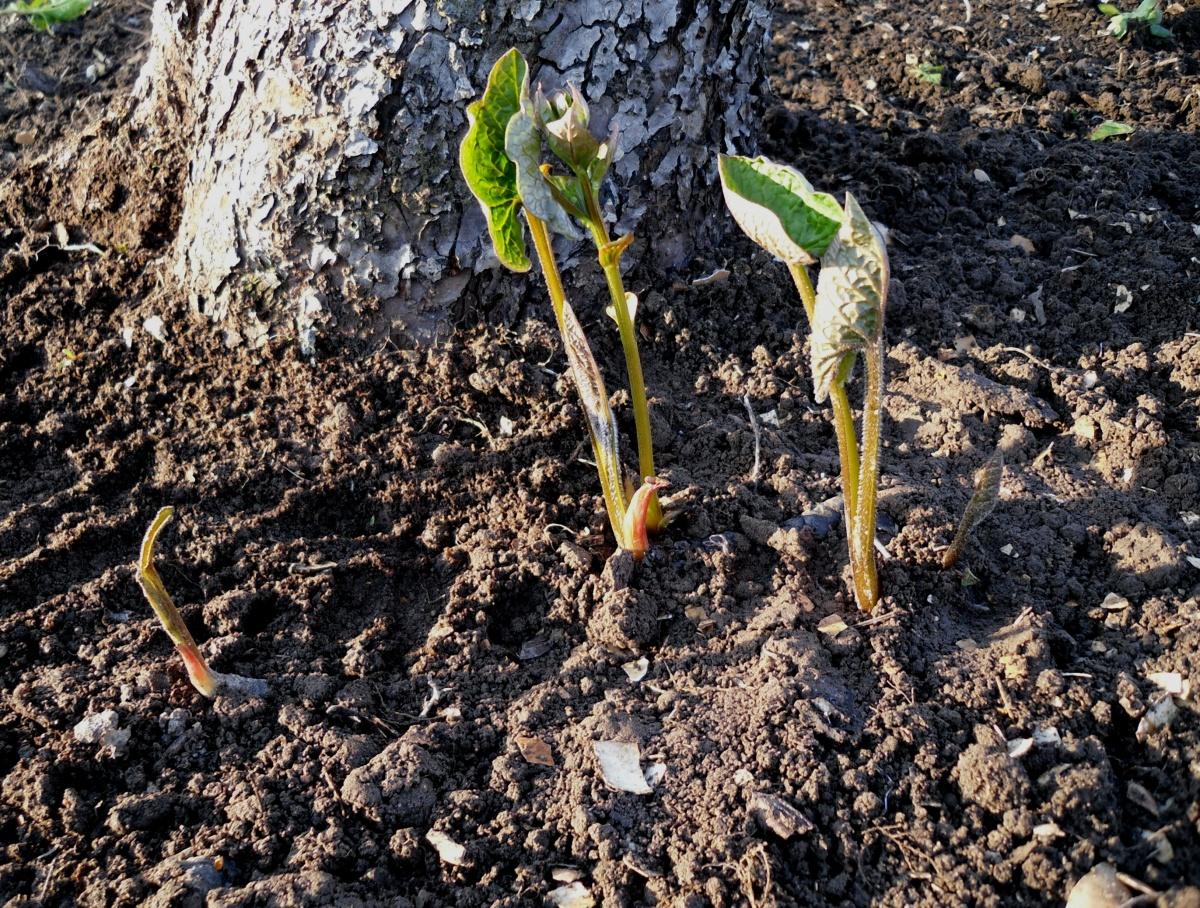
Brunner is a moisture-loving plant, so after planting it is well watered. The time for planting is best chosen in the evening or on a cloudy day, when the air temperature is relatively low, to make it easier for seedlings to survive in a new place.
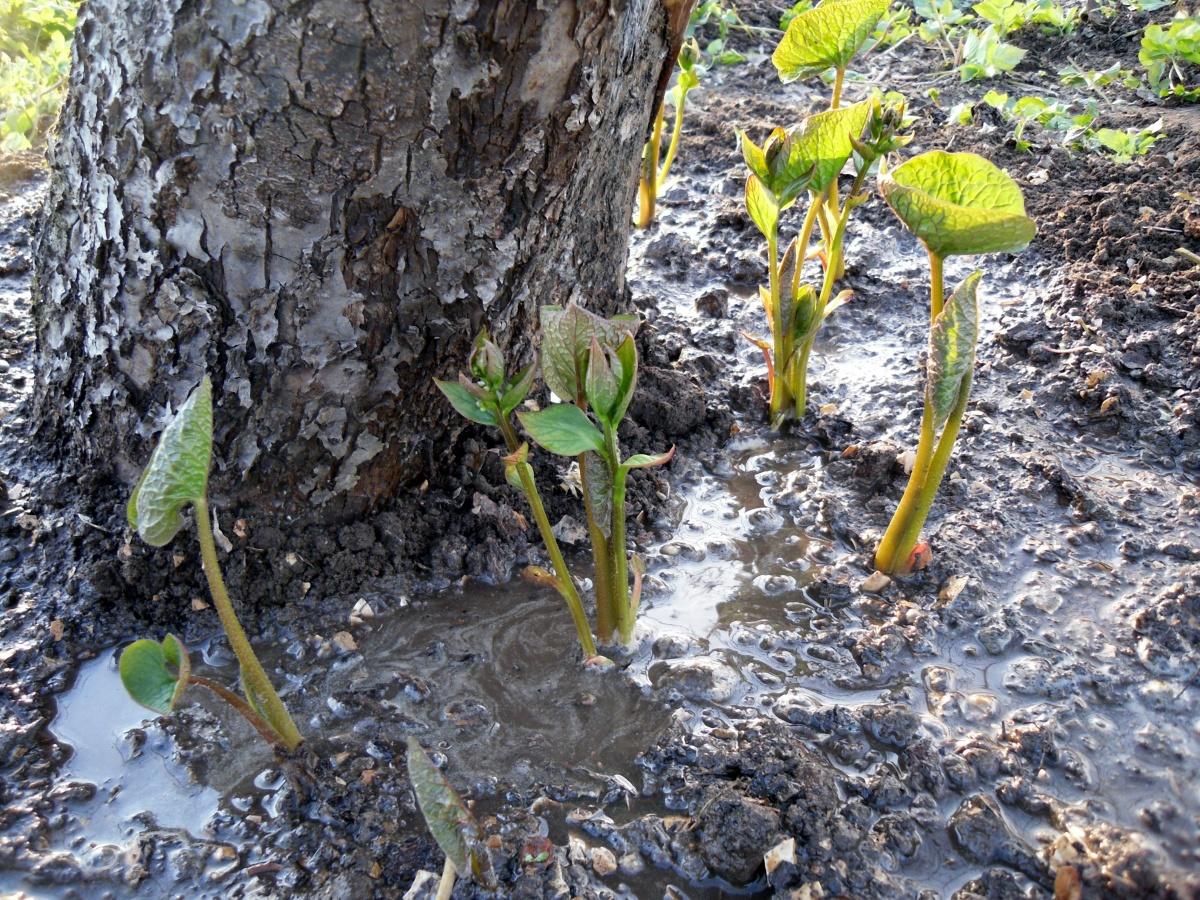
When the soil dries, no harm will also be caused by the mulch around the plants. As with the hosta plant, it will help to keep the necessary moisture in the soil and protect the Brunner from slugs, which are probably its main enemy. It can be used for mulching sawdust, tree bark, limestone, dried coffee grounds. In extreme cases, just sprinkle with ash — it, among other things, will serve as a source of nutrients.
